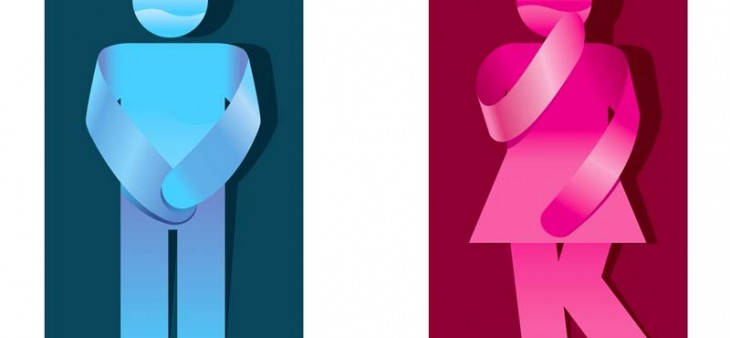
 People who endure unwanted or involuntary leakage of urine are suffering from a condition called as urinary incontinence.
People who endure unwanted or involuntary leakage of urine are suffering from a condition called as urinary incontinence.
Take a look at these facts:
[su_list_fav]- Bladder incontinence affects up to 13% of Australian men and up to 37% of Australian women.
- Bowel incontinence affects up to 20% of Australian men and up to 12.9% of Australian women.
- A third of all women suffer bladder control problems and around half of all women in nursing homes are there primarily because their incontinence is unmanageable at home.
A primary contributing factor to urinary incontinence is weakness of the pelvic floor muscles. Pelvic floor muscle weakness can be caused by factors such as aftermath of childbirth (for women), sedentary lifestyle, occupations that involve repetitive or heavy lifting, obesity, chronic constipation, and chronic coughing – all of which, over time, weaken the pelvic floor muscles.
The pelvic floor muscles are the muscles that make up the floor of the pelvis. They form a sling that supports the pelvic organs in both men and women. They help you control your bladder and bowel. If not monitored and taken care of well, they can become weak and loose, causing insufficient support to your pelvic organs.
However, there is good news. In 1998, the World Health Organisation said that “incontinence is a largely preventable and treatable condition,” and that it is “not an inevitable consequence of aging.” A recent Australian study found that people with urinary incontinence can be helped by rehabilitating the pelvic floor muscle.
